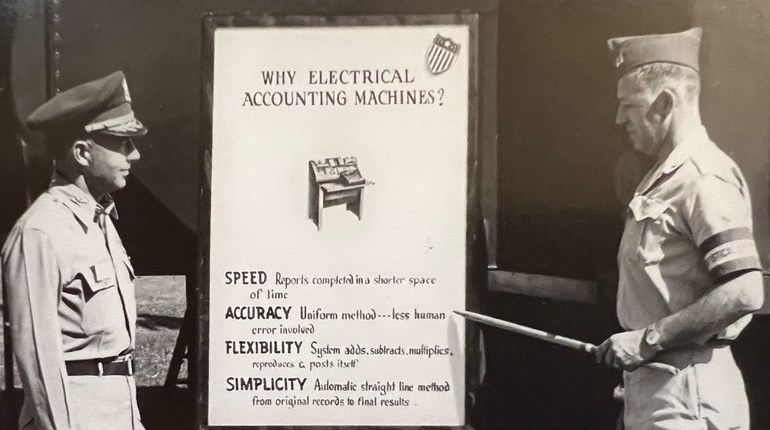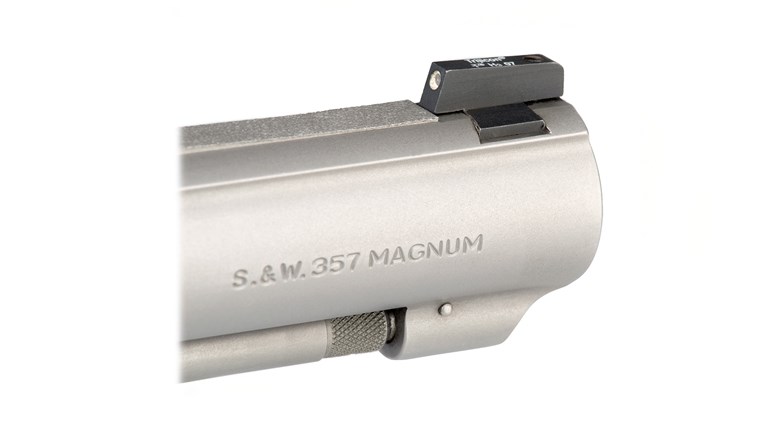
I've owned and shot a variety of handguns over the last 30 years and have acquired a nice collection of revolvers and pistols. Recently, as I was cleaning and function checking some of my guns, it dawned on me that the double-action function of the triggers was quite different in some compared to other pistols. While revolvers and hammer-fired semi-automatics were similar, the striker-fired pistols were different in weight and length-of-pull. It seems to me striker-fired pistols should have a category of their own for trigger description separate from hammer-fired pistols and revolvers, since they are significantly different in feel and function. Why don't they?
Paul Davis Houston, TX
Your question is similar to a discussion I had recently which started with the definition of revolver trigger types as double-action-only (DAO), double-action/single-action (DA/SA) and single-action (SA).
All agreed DAO meant in order to fire each shot, the trigger had to cock and release the hammer, thereby performing two actions. This corresponds to the SAAMI (Sporting Arms and Ammunition Manufacturers' Institute) definition for double-action.
Single-action meant the hammer had to be manually cocked each time in order to fire a shot. One action was performed—the releasing of the hammer—when the trigger was pulled. This corresponds to the SAAMI definition for SA. SAAMI mentions strikers along with hammers under this definition, but mentions only hammers under double-action.
DA/SA revolvers have the capability of firing in either manner at the choice of the shooter.
We then discussed semi-automatics, which was where differing opinions surfaced.
It was apparent to us hammer-fired semi-automatic pistols largely follow the definitions of the revolvers. Exceptions are SIG Sauer's DAK, Heckler & Koch's LEM and Para's LDA, which operate with the hammer mechanisms partially or pre-cocked to lighten trigger pull.
When we considered striker-fired semi-autos, we saw a departure from the original definitions used to describe revolvers, and to some degree, hammer-fired pistols. There are some differences in defining what the trigger actually does in firing a hammer-fired semi-auto as opposed to a striker-fired model.
We found in some striker-fired pistols, the striker was not under significant tension until the trigger was pulled to cock and release it to fire the pistol. Then the trigger had to be returned to the starting position in order to fire subsequent shots with these pistols. This firing mechanism would seemingly compare to both DAO revolvers and hammer-fired semi-autos.
In other pistols, we found the striker was partially cocked with the trigger in its normal forward position and was fully cocked and released with the first trigger stroke. After which, depending on how the trigger was controlled (reset), the striker could be captured fully cocked for the subsequent shots, or it could revert back to its original condition through a complete release of the trigger to its fully forward position. This could compare to a DA/SA or a DAO hammer-fired pistol, depending on how the shooter operated the trigger.
We discovered some brands of striker-fired pistols fired from a fully cocked striker by simply releasing it when the trigger was pulled. This seems to parallel the definition of a single-action revolver, or perhaps that of a single-action semi-auto.
We agreed to disagree after discussing how some striker-fired semi-auto pistols are referred to as DAO or some other term that implies DAO, but comes closer to SA in function than DA if we used the conventional definitions for revolvers and hammer-fired pistols.
I thought getting some industry perspective might help. Industry engineers and marketing professionals seek to differentiate their products from competitors to make them more attractive to customers. Sometimes they deviate slightly from the SAAMI definitions, which are recognized as guidelines for the industry, but which are not always definitive.
Some engineers tend to view double-action as any movement against the striker to increase tension and add to the release of the striker. This equates to two separate movements or actions to fire the pistol, and is therefore double-action. This may be valid in a lab, but it's not really relevant to consumers.
Striker-fired pistols should have their own category to differentiate their trigger mechanisms from other pistols. Parallels and similarities aside, there are enough differences, to help clarify how they operate, to eliminate any confusion.
The challenge is to get the firearm industry and SAAMI to buy in.




































